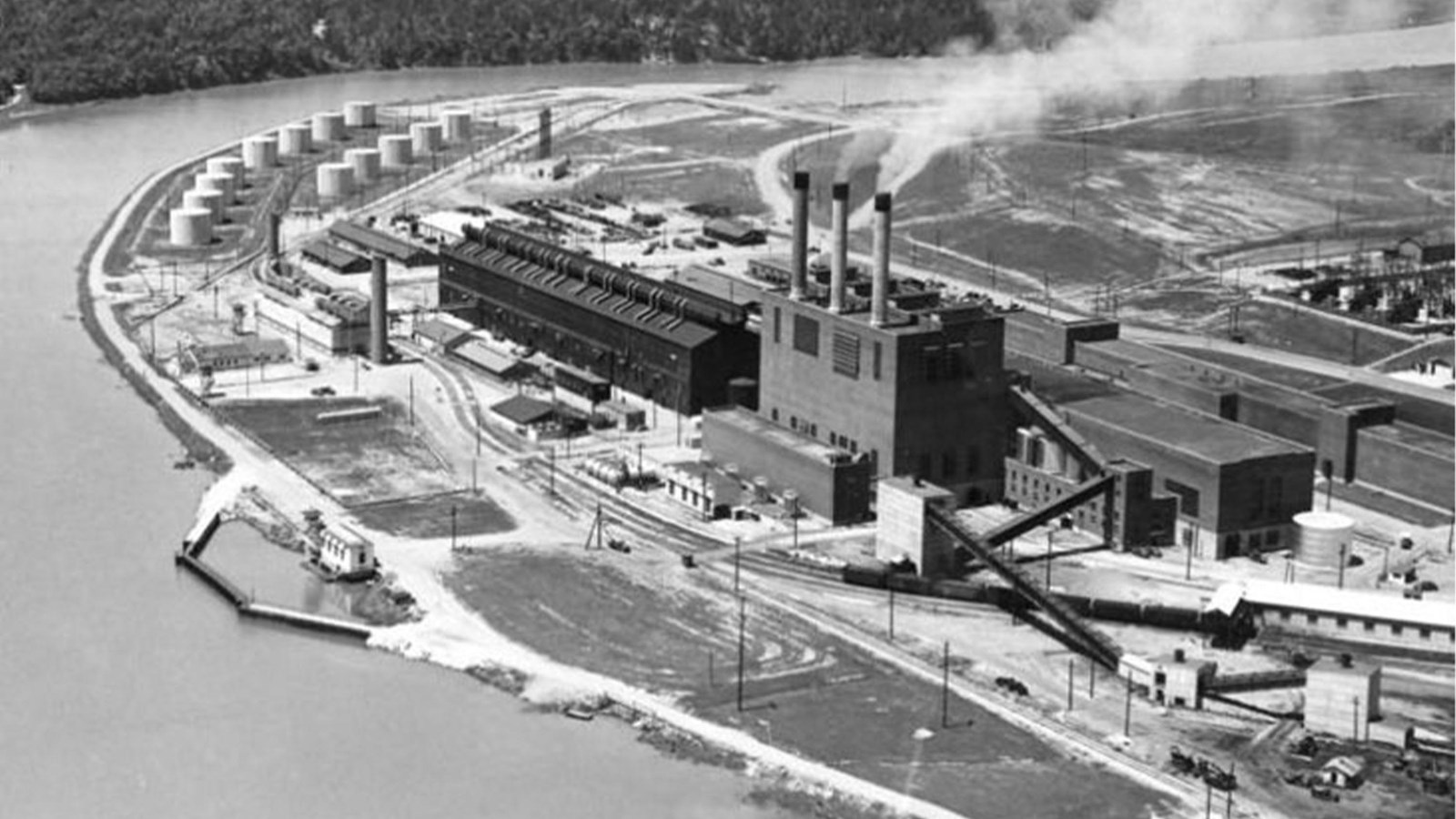Last updated: August 20, 2024
Place
S-50 Liquid Thermal Diffusion Plant

US DEPARTMENT OF ENERGY/ED WESTCOTT
Oak Ridge, Tennessee, was developed for the Manhattan Project with one purpose - separate and enrich uranium for use as fuel in a nuclear weapon. Manhattan Project administrators built three massive facilities in Oak Ridge to achieve this revolutionary scientific goal: the Y-12 Electromagnetic Isotope Separation Plant, the K-25 Gaseous Diffusion Plant, and the last-built and shortest-lived S-50 Liquid Thermal Diffusion Plant. These plants operated in unison, enriching uranium for use in Little Boy, the world’s first atomic bomb.
Built along the banks of the Clinch River in July, 1944, the S-50 Liquid Thermal Diffusion Plant was designed primarily to be the little sibling of K-25; uranium would be slightly enriched at S-50 before being enriched further at K-25 and then receive its final enrichment at Y-12. In order to enrich uranium using the liquid thermal diffusion process, 2,142 rounded columns were installed at S-50, each 48 feet high. These columns had a tiny layer of uranium hexafluoride spacing within to allow for the liquid thermal diffusion process.
Although the S-50 plant was constructed in just 69 days, the liquid thermal diffusion process proved too costly and consumed too much power per enriched uranium output and was far less effective than K-25. In addition, due to the rush to build the plant and get it operating, S-50 had a higher rate of accidents during construction than K-25 or Y-12. Fortunately, none of the accidents were fatal. The S-50 plant was deactivated in 1946 and torn down a few years later.
Continue Your Journey
Today, nothing remains of the S-50 Liquid Thermal Diffusion Plant. It was located along a bend of the Clinch River in present-day Roane County, Tennessee. Access to the original location is difficult and visitation is not advised.
